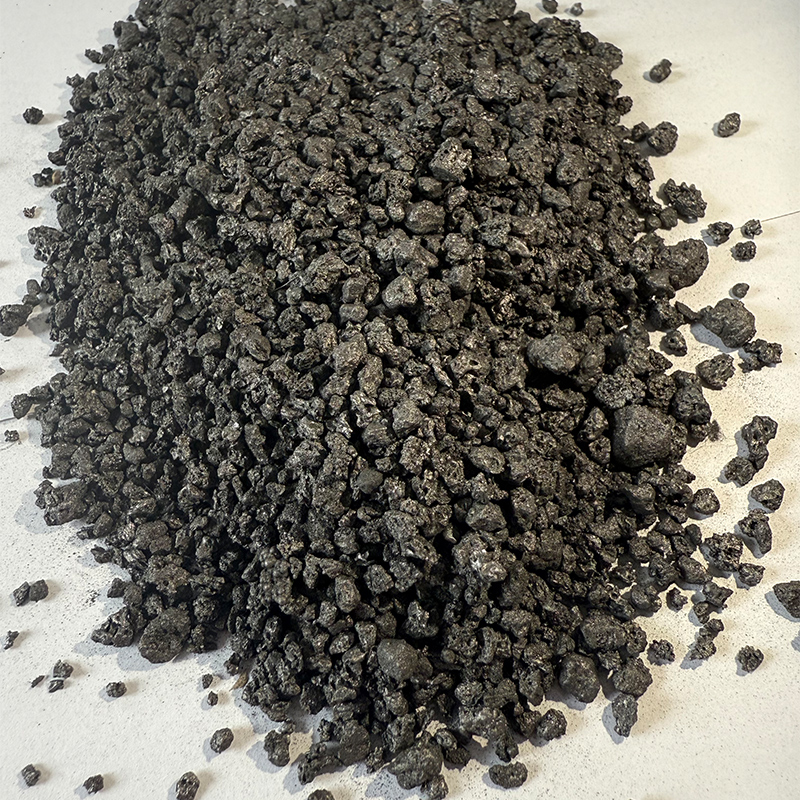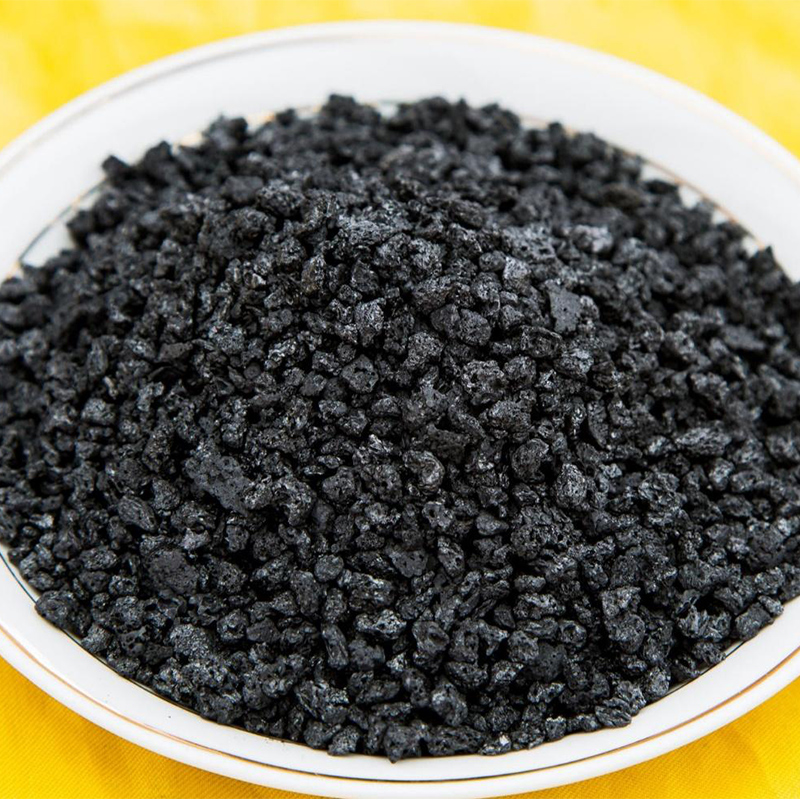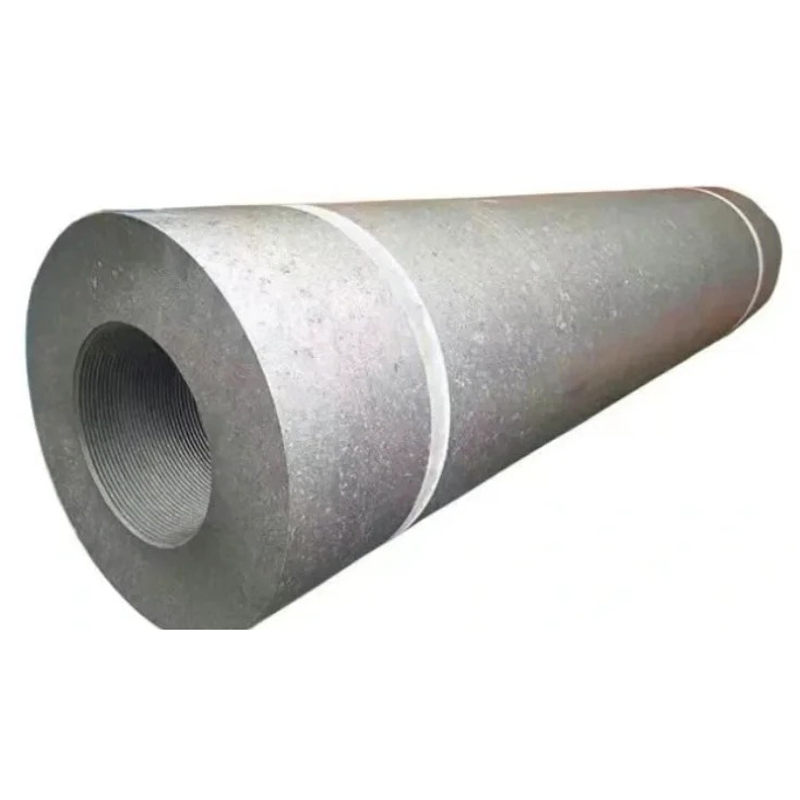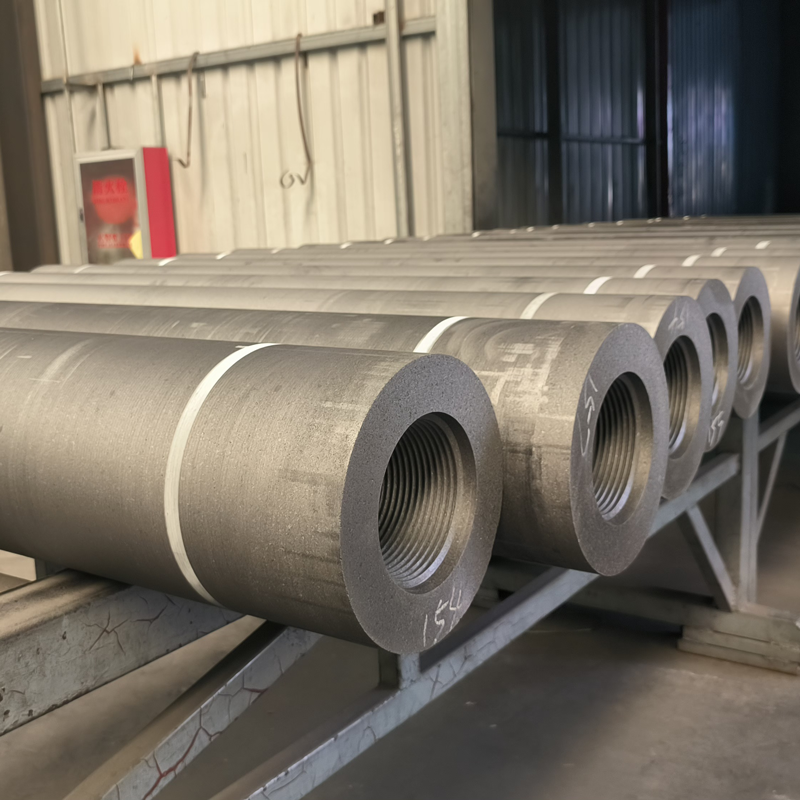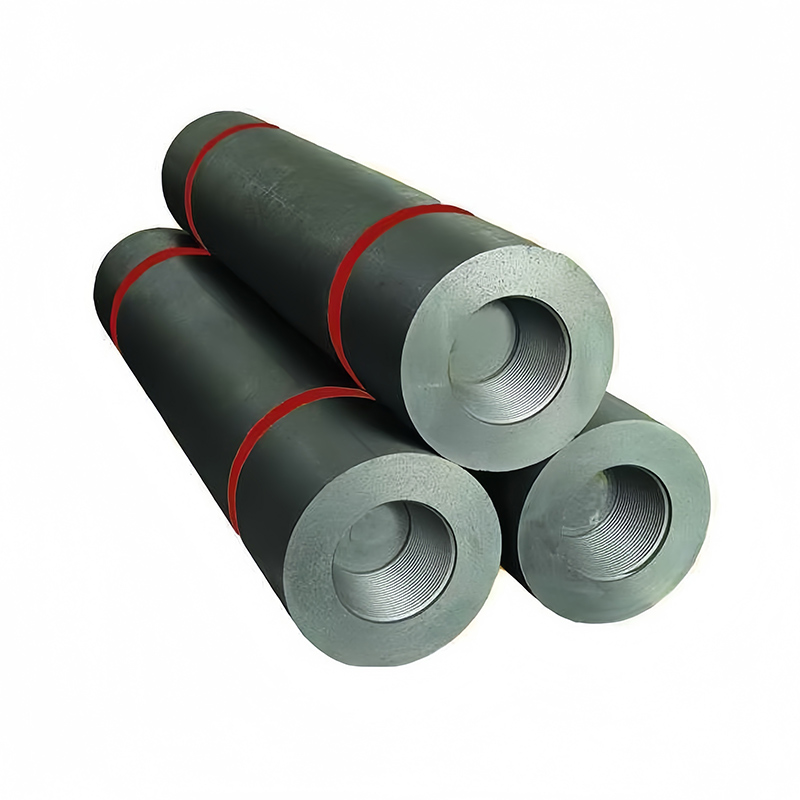
Products
650 mm / 700 mm RP-Grade Graphite Electrodes
Perfect for large-scale EAF steelmaking, ladle refining, and ferroalloy production. Maintains superior conductivity, thermal stability, and mechanical strength under high thermal shock and heavy load.
Description
marker
Main Description
RP (Regular Power) grade graphite electrodes with diameters of 650 mm and 700 mm are engineered for high-intensity electric arc furnace (EAF) operations in steelmaking, foundry, and ferroalloy industries. Manufactured from premium needle-coke feedstock and high-quality coal tar pitch, these electrodes offer an optimal balance of electrical conductivity, mechanical strength, and thermal stability. Through precision machining and strict quality control, RP-grade electrodes ensure reliable performance, long service life, and lower electrode consumption rates.
RP Graphite Electrode Parameters — 650mm & 700mm
| Item | Unit | Electrode | Nipple |
| Resistivity | μΩ·m | 7.5 ~ 8.5 | 5.8 ~ 6.5 |
| Bending Strength | MPa | ≥ 8.5 | ≥ 16.0 |
| Elastic Modulus | GPa | ≤ 9.3 | ≤ 13.0 |
| Bulk Density | g/cm³ | 1.55 ~ 1.63 | ≥ 1.74 |
| Thermal Expansion CTE | 10⁻⁶/℃ | ≤ 2.4 | ≤ 2.0 |
| Ash Content | % | ≤ 0.3 | ≤ 0.3 |
| Allowable Current | A | — | 650mm: 34000–42000
700mm: 36000–46000 |
| Current Density | A/cm² | — | 650mm: 12–14
700mm: 11–13 |
| Actual Diameter | mm | 650: Max 663 Min 659
700: Max 714 Min 710 |
— |
| Actual Length | mm | 650: 2400 customizable
700: 2700 customizable |
— |
| Length Tolerance | mm | ±100 | — |
| Short Length | mm | 650: -300 | — |
Note: Values may vary slightly depending on the manufacturing process and raw material quality.
Key Features & Benefits
● High Electrical Conductivity:
RP electrodes exhibit low electrical resistivity, maximizing current transfer efficiency and stable arc maintenance during EAF cycles.
● Superior Mechanical Strength:
Optimized flexural and compressive strength reduce breakage risks during handling, welding, and furnace operation, increasing overall electrode utilization.
● Uniform Grain Structure:
Advanced graphitization process yields a homogeneous microstructure, resulting in consistent performance, minimal electrical losses, and reduced thermal shock.
● Low Impurity Levels:
Stringent control of ash, phosphorus, sulfur, and oxygen content ensures reduced contamination, lower slag formation, and improved steel/ferroalloy quality.
● Enhanced Thermal Stability:
Low coefficient of thermal expansion mitigates cracking under rapid temperature fluctuations, extending service life and reducing breakage.
Applications
● Electric Arc Furnaces (EAF):
Primary electrodes for scrap-based steel and ferroalloy production.
● Ladle Furnaces (LF):
Suitable for refining processes requiring high thermal stability.
● Submerged Arc Furnaces (SAF):
Can be adapted for certain SAF operations in silicon, phosphorus, and other metallurgical industries—though typically RP grades are favored for EAF.
● Foundries & Non-Ferrous Melting:
Used in melting operations where consistent arc stability and low impurity transfer are critical.
Quality Assurance & Production Process
● Raw Material Selection:
High-grade needle coke with a minimum volatile matter below 0.6% is chosen to minimize porosity.
● Briquetting & Baking:
Uniform mixing with premium coal tar pitch binder, followed by isostatic briquetting, ensures consistent density. Controlled baking in tunnel furnaces at 800–900 °C removes volatiles gradually.
● Graphitization:
High-temperature graphitization (> 2800 °C) converts carbon structure to a highly crystalline form, enhancing electrical and thermal conductivity.
● Precision Machining:
CNC lathes achieve strict diameter tolerances (± 2 mm) and thread dimensions to guarantee perfect fit and minimal electrical resistance at joints.
● Inspection & Testing:
Each electrode undergoes ultrasonic flaw detection, resistivity measurement, and mechanical testing to comply with IEC – 806, GB/T 10175, and ASTM – 192 standards.
Typical Customer Benefits
● Lower Electrode Consumption Rate (ECR):
Optimized resistivity and density reduce burnout rates, saving costs on replacement electrodes.
● Reduced Electrical Energy Consumption:
Improved conductivity and arc stability translate to lower kWh per ton of steel.
● Extended Service Life:
Enhanced mechanical and thermal properties decrease fracture and downtimes.
● Consistent Product Quality:
Low impurity levels ensure high-purity steel and alloy output, meeting stringent metallurgical specifications.
Extended Technical Commentary
RP-grade electrodes are widely recognized for their cost-performance balance in EAF operations. Compared to HP (High Power) grades, RP electrodes typically feature slightly higher resistivity and lower density; however, they remain the most economical choice for standard melting practices. Their grain structure—characterized by elongated, crystalline graphite domains—reduces the number of grain boundaries, thereby enhancing electrical conductivity.
In large-scale steel plants, electrode diameter selection (650 mm vs. 700 mm) hinges upon furnace transformer capacity, desired melting power, and end-of-life rod length considerations. By optimizing the R-value (resistivity/density ratio) to ≥ 0.92, these RP electrodes exhibit minimal porosity, translating to better thermal shock resistance during furnace halt phases.
The low ash content and controlled impurity profile ensure that trace elements introduced into the melt are kept to an absolute minimum, safeguarding steel grade specifications (e.g., ultra-low phosphorus, sulfur, and oxygen). During welding of electrode rods and nipples, the machining accuracy of threads is critical to maintain uniform current flow.
Proper handling protocols—such as preheating in the furnace and controlled cooling—help prevent thermal cracks. Many modern heat-resistant Grade EAFs also incorporate forced cooling and in-furnace electrode position management to maximize rod usage.
Conclusion
650 mm and 700 mm RP-grade graphite electrodes provide a balanced solution for steelmakers seeking cost-effective, reliable performance. With optimized electrical and mechanical properties, these electrodes support stable arc behavior, lower energy consumption, and minimal contamination of molten metal. By adhering to stringent quality standards and offering customizable dimensions, they meet diverse operational requirements—from single-sheet EAFs to large-scale multi-tap furnaces. Whether sourcing electrodes for new furnace installations or replacing existing carbon feedstock, selecting RP-grade from a reputable manufacturer ensures optimal productivity and ROI.
contact us
Related popular products
Please leave us a message
- English
- French
- German
- Portuguese
- Spanish
- Russian
- Japanese
- Korean
- Arabic
- Irish
- Greek
- Turkish
- Italian
- Danish
- Romanian
- Indonesian
- Czech
- Afrikaans
- Swedish
- Polish
- Basque
- Catalan
- Esperanto
- Hindi
- Lao
- Albanian
- Amharic
- Armenian
- Azerbaijani
- Belarusian
- Bengali
- Bosnian
- Bulgarian
- Cebuano
- Chichewa
- Corsican
- Croatian
- Dutch
- Estonian
- Filipino
- Finnish
- Frisian
- Galician
- Georgian
- Gujarati
- Haitian
- Hausa
- Hawaiian
- Hebrew
- Hmong
- Hungarian
- Icelandic




















